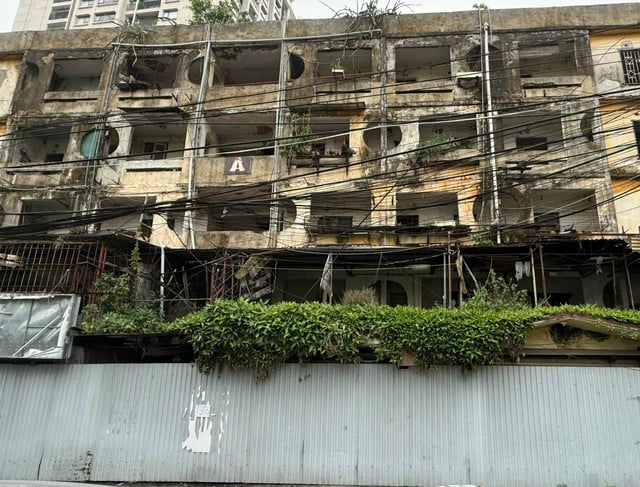
Hanoi currently has about 1,600 old apartment buildings. Photo: VGP/Thuy Chi
More than two decades waiting for a real "push"
From July 1, 2025, Hanoi will officially operate a two-tier local government model, marking a turning point in the approach to urban governance. With a synchronous legal corridor, a deep decentralization mechanism and the substantial participation of commune and ward levels, the city hopes to remove the long-standing "bottlenecks" in the renovation of old apartments, thereby moving towards sustainable, modern and people-centered urban development.
Renovating old apartment buildings has been a big problem for Hanoi since the early 2000s. However, over the past 20 years, the results have been very modest: only about 1-2% of nearly 1,600 areas have been successfully renovated; more than 80 grade D buildings still pose potential safety risks for residents.
The main obstacles lie in the inflexible legal mechanism, lengthy administrative procedures, and inadequacies in the compensation mechanism, causing many projects to stall. However, the transition to a two-tier local government model from July 1, 2025 is opening up new opportunities. Not simply streamlining the apparatus, this is a fundamental change in management thinking, strong decentralization to the grassroots, and empowerment for localities to proactively remove obstacles right from the root.
As the administrative unit closest to the people, the ward-level government is now not only the place to receive instructions but also proactively accompany the people in each step of renovating old apartments. Wards such as Giang Vo, Kim Lien, Phuong Lien, Thanh Cong, and Quynh Mai are becoming bright spots when directly organizing to collect opinions, support the counting, introduce planning options and resettlement housing funds.
Thanks to close contact and understanding of residents' feelings, ward officials can explain policies, create trust and build consensus much more effectively than with the previous rigid administrative approach.
Two-tier government - a lever for urban transformation
Not stopping at advocacy, the ward was also assigned to coordinate with the Department of Planning and Architecture and the Department of Construction to establish and propose 1/500 planning for old housing areas. If this process used to take years, it can now be shortened to just a few months, thanks to the reduction of administrative intermediaries. This is an important foundation to speed up the renovation progress.
In addition, the three amended laws including the Land Law, Housing Law and Capital Law 2024, which will take effect from 2025, have created a more synchronous, open and practical legal corridor. Of which, 5 outstanding changes are directly removing difficulties for renovation projects, including: No longer requiring 100% consensus, but instead a rate of 70 - 80% of residents depending on the level of danger of the project; approving reasonable increase in floors according to the TOD model, as long as ensuring that technical infrastructure is not overloaded; encouraging the development of underground space, to reduce pressure on the ground; Applying bidding to select investors according to the PPP mechanism, instead of appointing contractors; allowing resettlement funds to be arranged outside the scope of the project, as long as ensuring the rights of residents...
Thanks to that, the biggest legal barriers that have caused hundreds of projects to "shelve" for more than two decades are gradually being removed.
To make the renovation of old apartments more effective, Architect Tran Huy Anh, Standing Member of the Hanoi Architects Association, said that to achieve new results in the renovation of old apartments, we need to have a new mindset. It is necessary to re-plan the entire area, from infrastructure to living space. In addition, when the ward is empowered, they can mobilize residents, coordinate with businesses, and resolve problems on the spot. However, empowerment must be accompanied by clear division of responsibilities and close supervision.
Sharing the same view, Dr. Architect Dao Ngoc Nghiem, Vice President of the Vietnam Urban Planning and Development Association, said that we cannot continue to view the renovation of old apartment buildings as fragments that need to be rebuilt, but must consider each area as a small urban area with full living functions. Each renovation project needs to be viewed within the overall urban planning of the area, with a vision of 20-30 years, in which infrastructure issues, especially transportation, schools, and healthcare, need to be given top priority.
According to Dr. Architect Dao Ngoc Nghiem, Hanoi's move to a two-tier government model is an institutional breakthrough, but if it is not accompanied by a strict control mechanism, it also risks creating problems. For example, if too much emphasis is placed on increasing the number of floors without investing in accompanying technical and social infrastructure, it can easily lead to traffic system overload, residential conflicts, and conflicts of interest.
Dr. Architect Dao Ngoc Nghiem believes that each ward should be responsible not only for mobilizing residents, but also for directly participating in planning, monitoring implementation, and post-inspection. When people see that the local government is taking action transparently, resolutely, and for the common good, they will be willing to accompany.
Architect Pham Thanh Tung, Chief of Office of the Vietnam Association of Architects, commented that in the current context, the role of the ward level, the place closest to the people, has become extremely important. They must be the 'conductors' to organize public dialogues, clearly present renovation plans, commit to resettlement progress, announce new housing standards, and compensation prices. When people are listened to and convinced with specific and practical information, they will not object but will accompany.
Mr. Tung proposed setting up 'community dialogue groups' in each apartment complex with the participation of representatives of ward authorities, residential groups, lawyers and planning experts to create a substantive two-way consultation mechanism.
Prof. Dr. Hoang Van Cuong, National Assembly Delegate, former Vice President of the National Economics University, commented that we are witnessing a golden period of institutional reform in Hanoi. Converting to a two-tier local government model is not only about streamlining the apparatus, but also a breakthrough in decentralization, giving more real power to the grassroots level. However, 'empowerment' must go hand in hand with 'empowerment of tools', and it is necessary to systematically train cadres.
In addition, it is necessary to build digital infrastructure, especially a digital database of population, housing, and technical infrastructure so that all renovation plans are implemented on a transparent data platform that can be monitored and compared.
Mr. Cuong believes that, to create real change, Hanoi should pilot the digital government model in some key wards that are renovating apartment buildings. From there, learn from experience and replicate it, turning each ward into an effective, modern, and close-to-the-people 'urban reform operating station'.
Renovating old apartment buildings, a "bottleneck" of Hanoi for more than 20 years, is now facing a strong opportunity to "unlock" thanks to the two-tier local government model. When the ward is not only the place to receive instructions but also actually participates in the project operation process from advocacy, support, and supervision, the entire approach also changes: from administrative command to dialogue, consensus, and harmonious development.
Combined with a new legal corridor, modern planning thinking, transparent rights and clear decentralization, Hanoi can fully expect a breakthrough period, where old, degraded apartments will give way to civilized, safe and sustainable urban areas.
Thuy Chi
Source: https://baochinhphu.vn/ha-noi-ky-vong-dot-pha-trong-cai-tao-chung-cu-cu-103250716184314043.htm


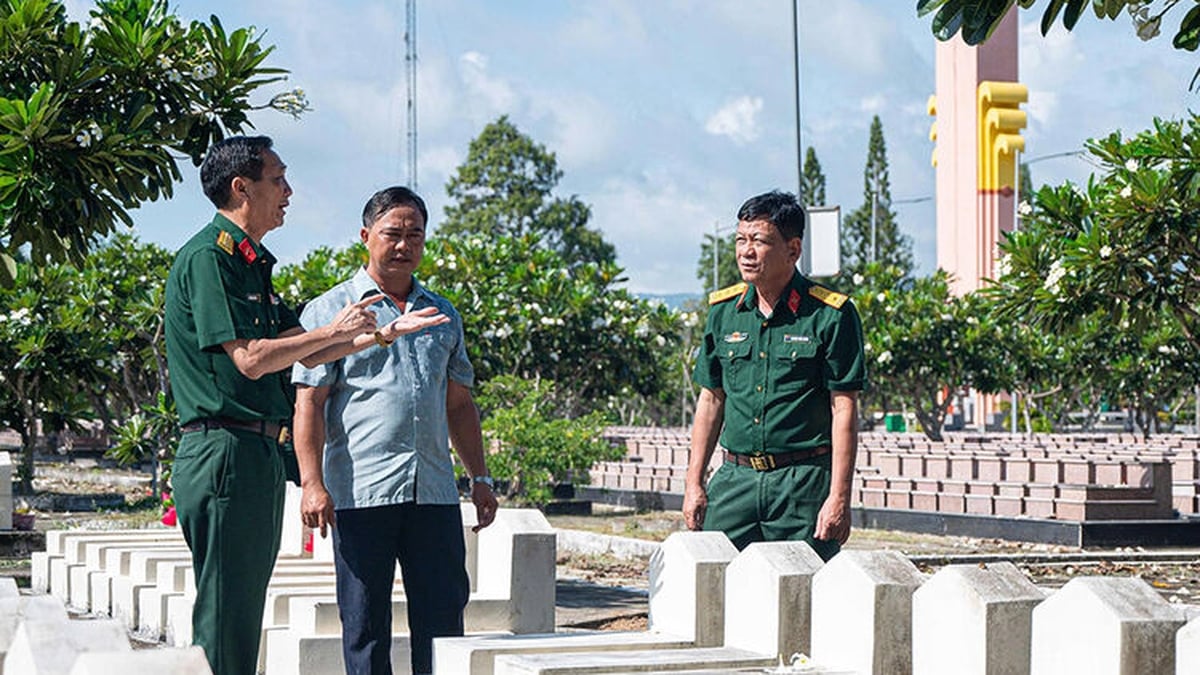

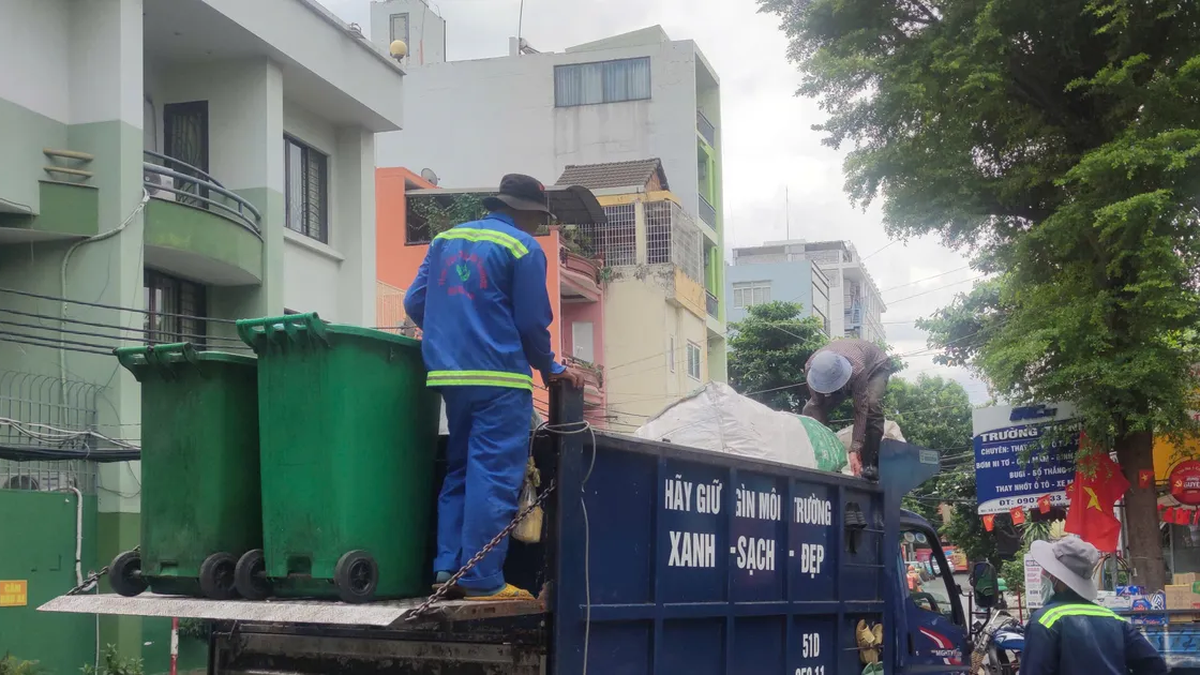
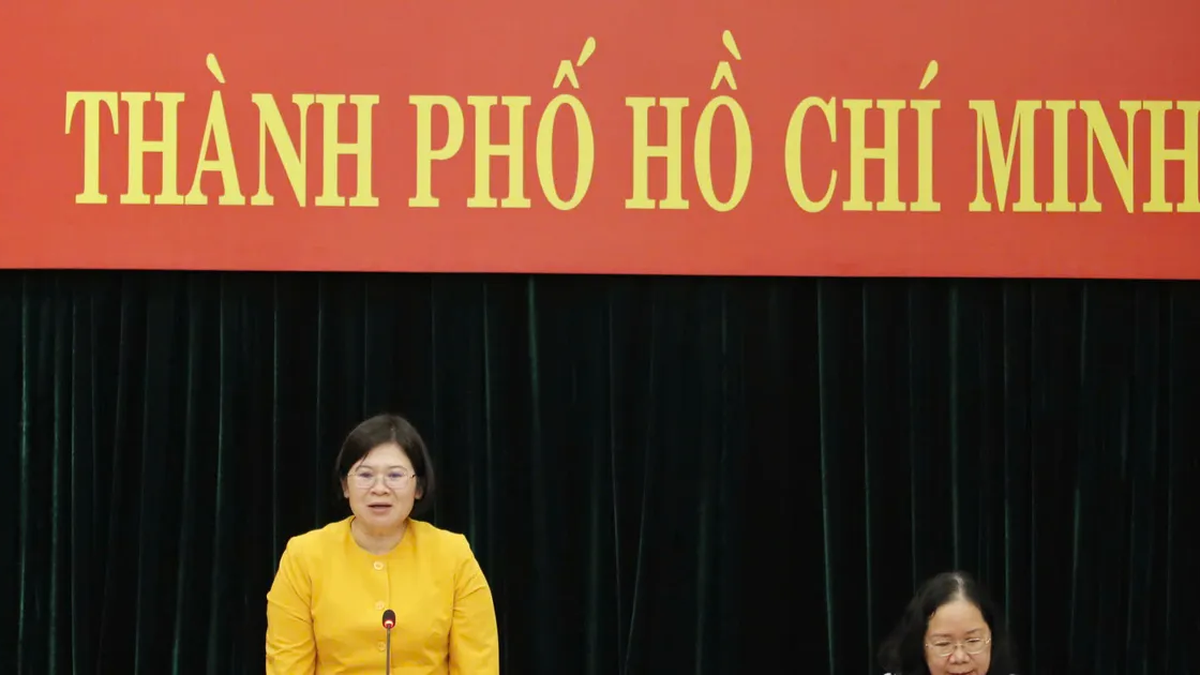




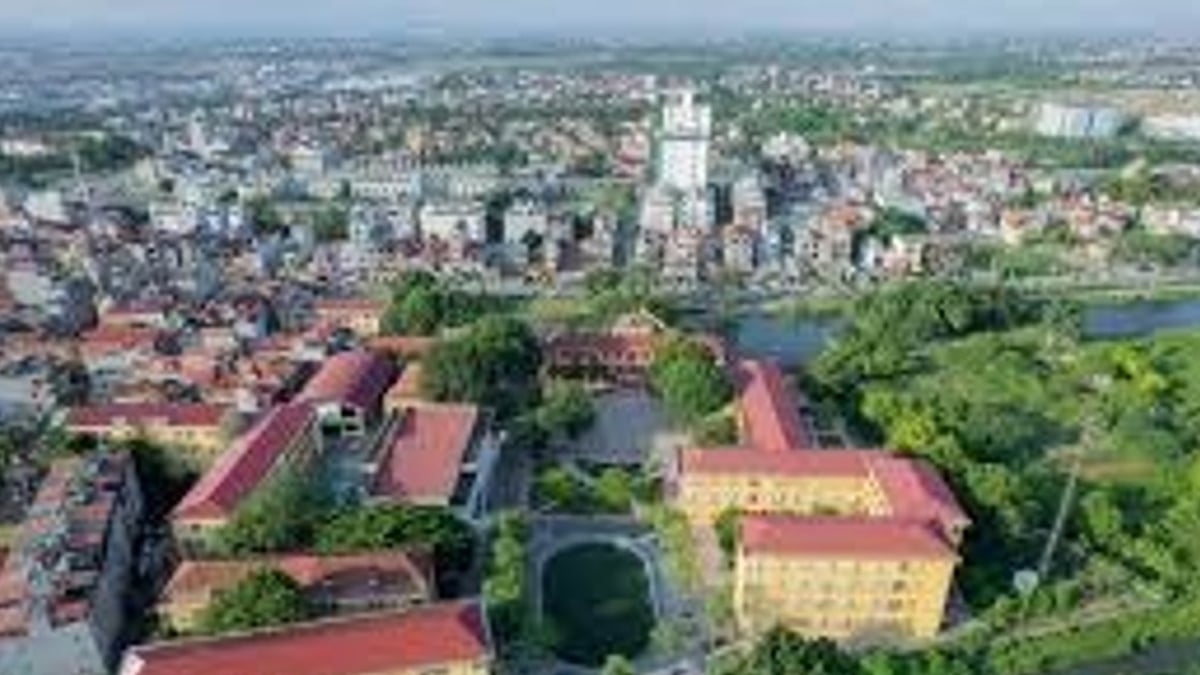
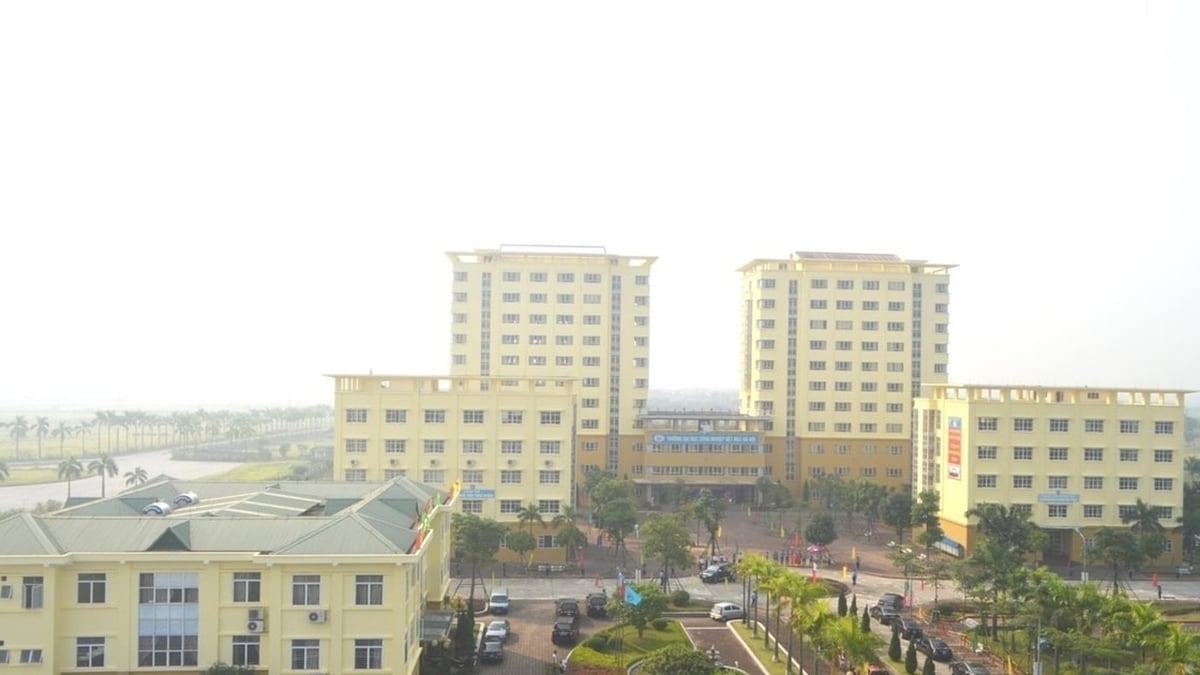

















































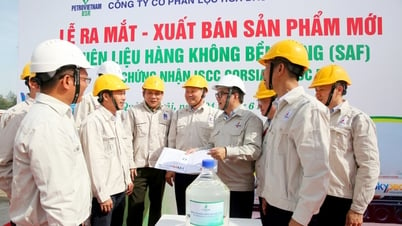
















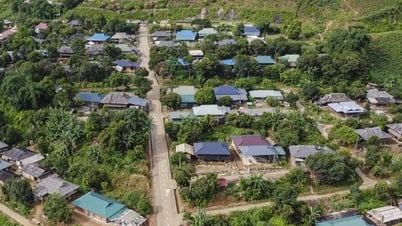























Comment (0)